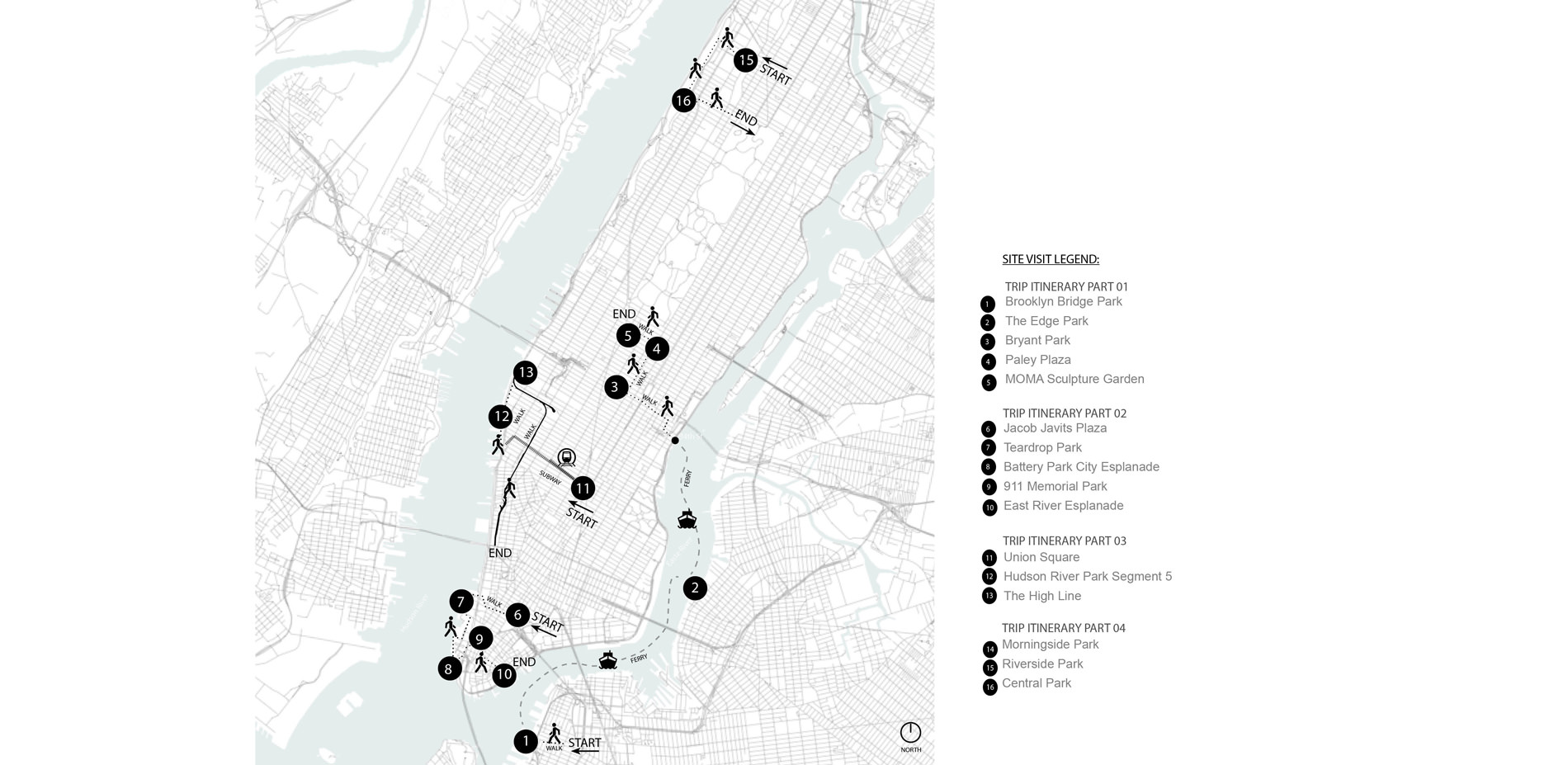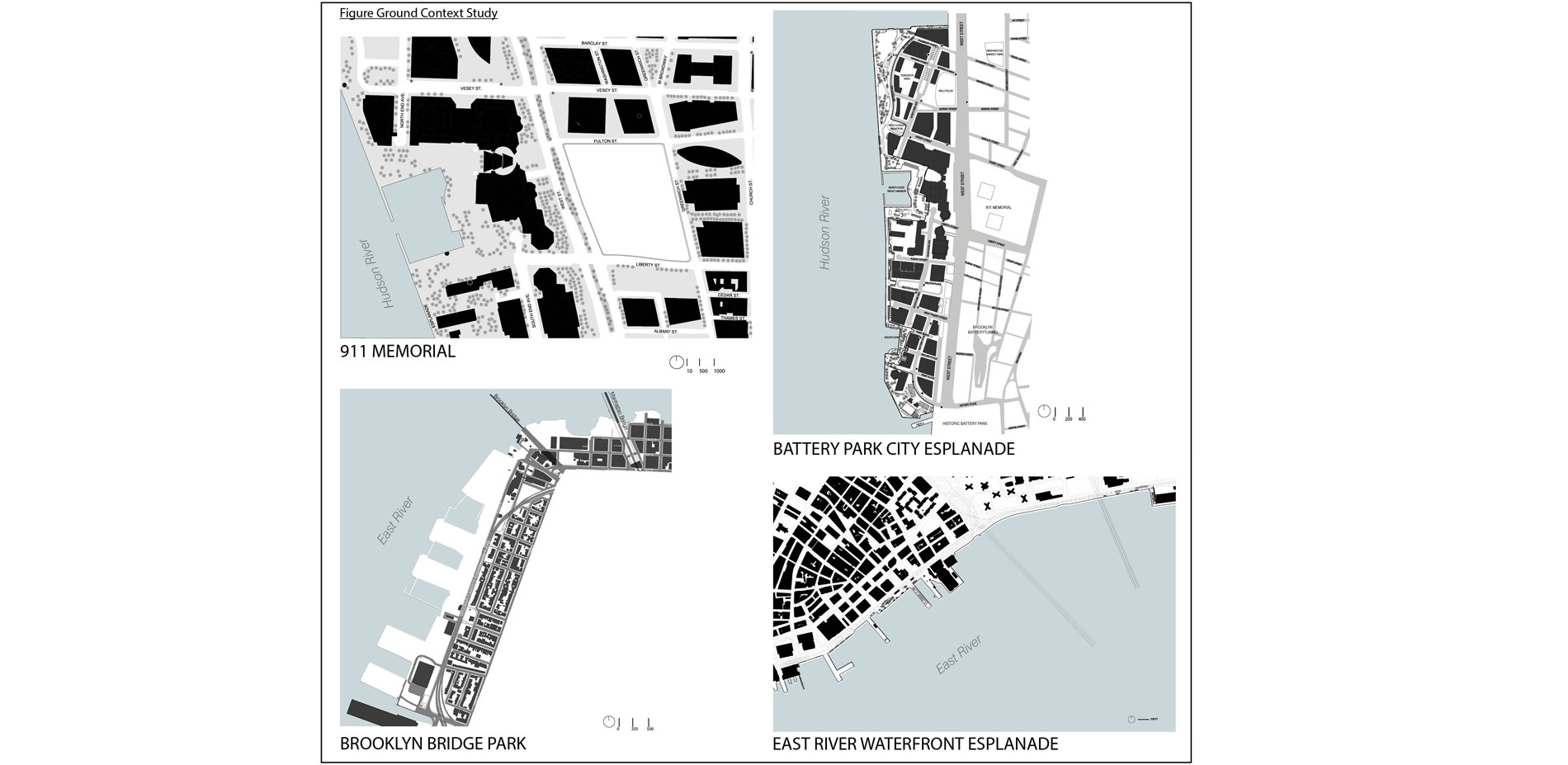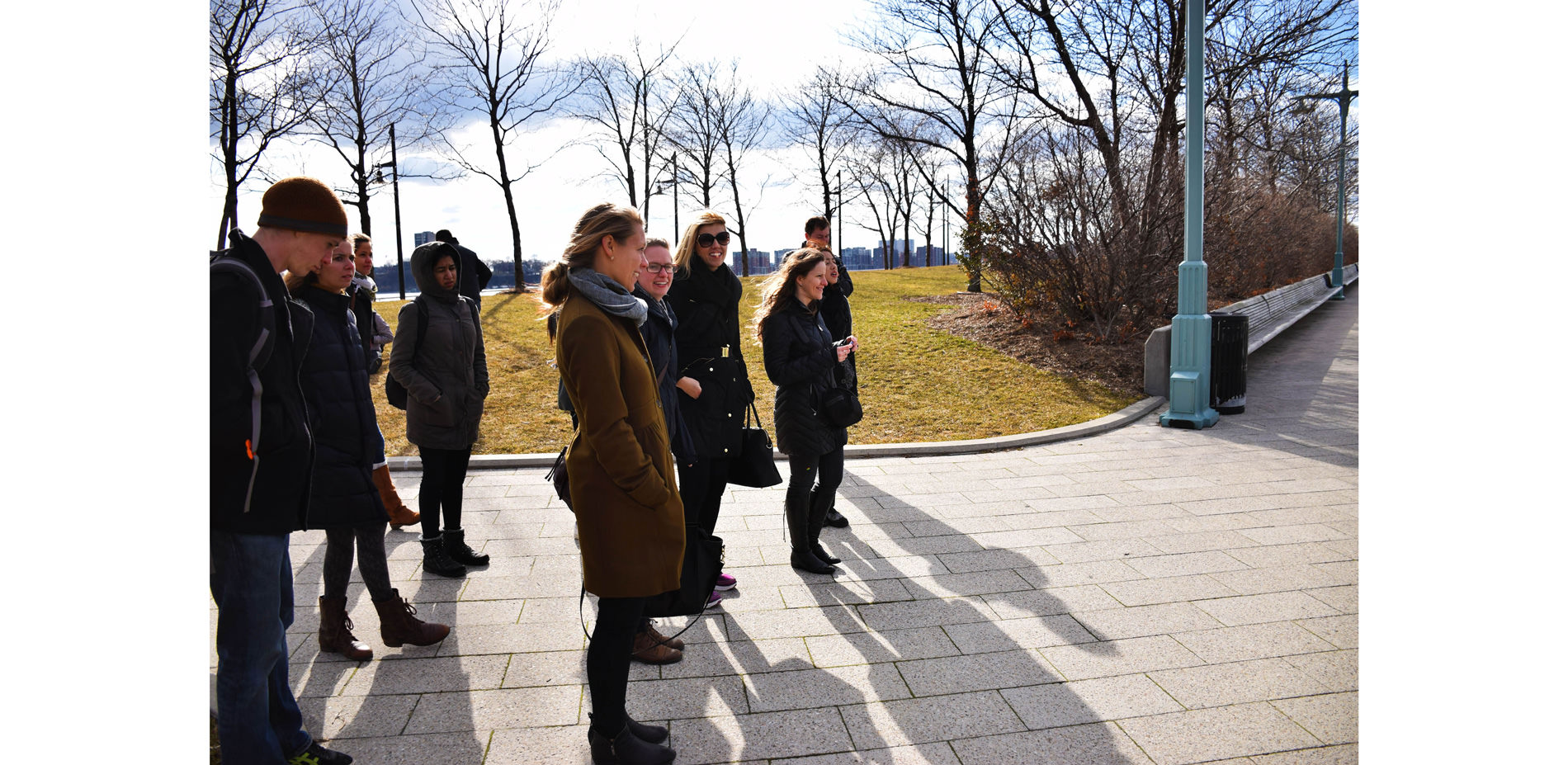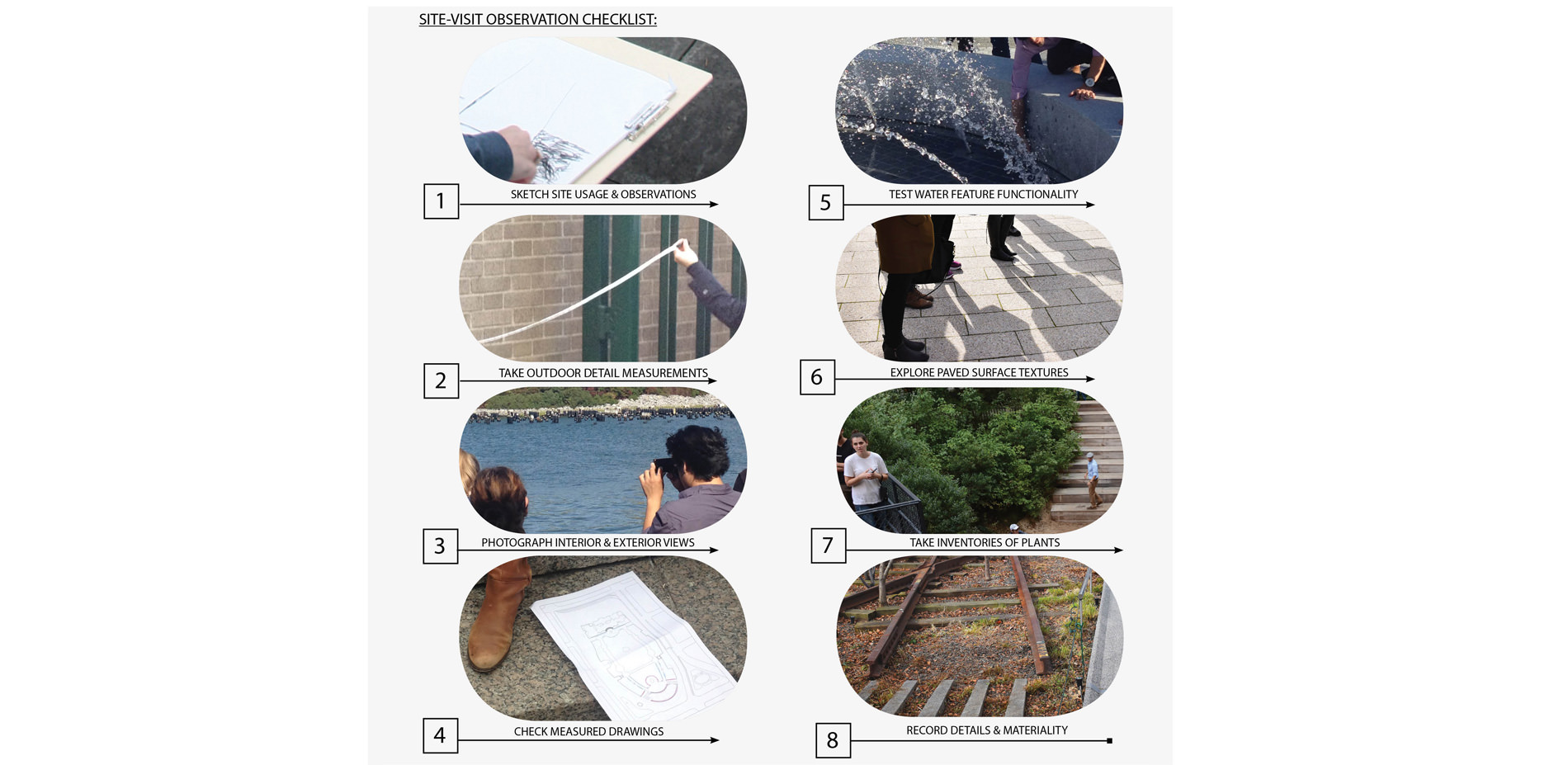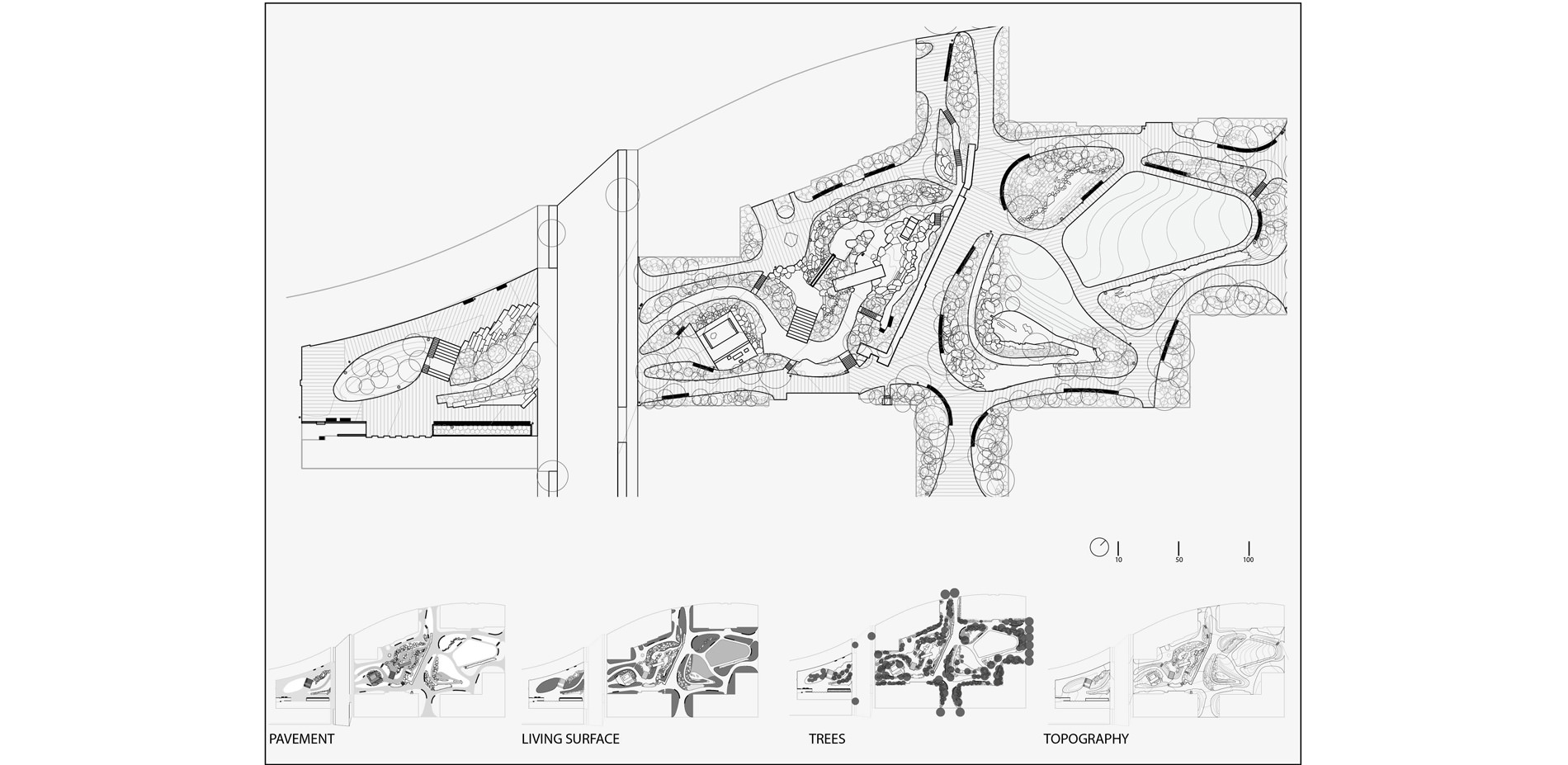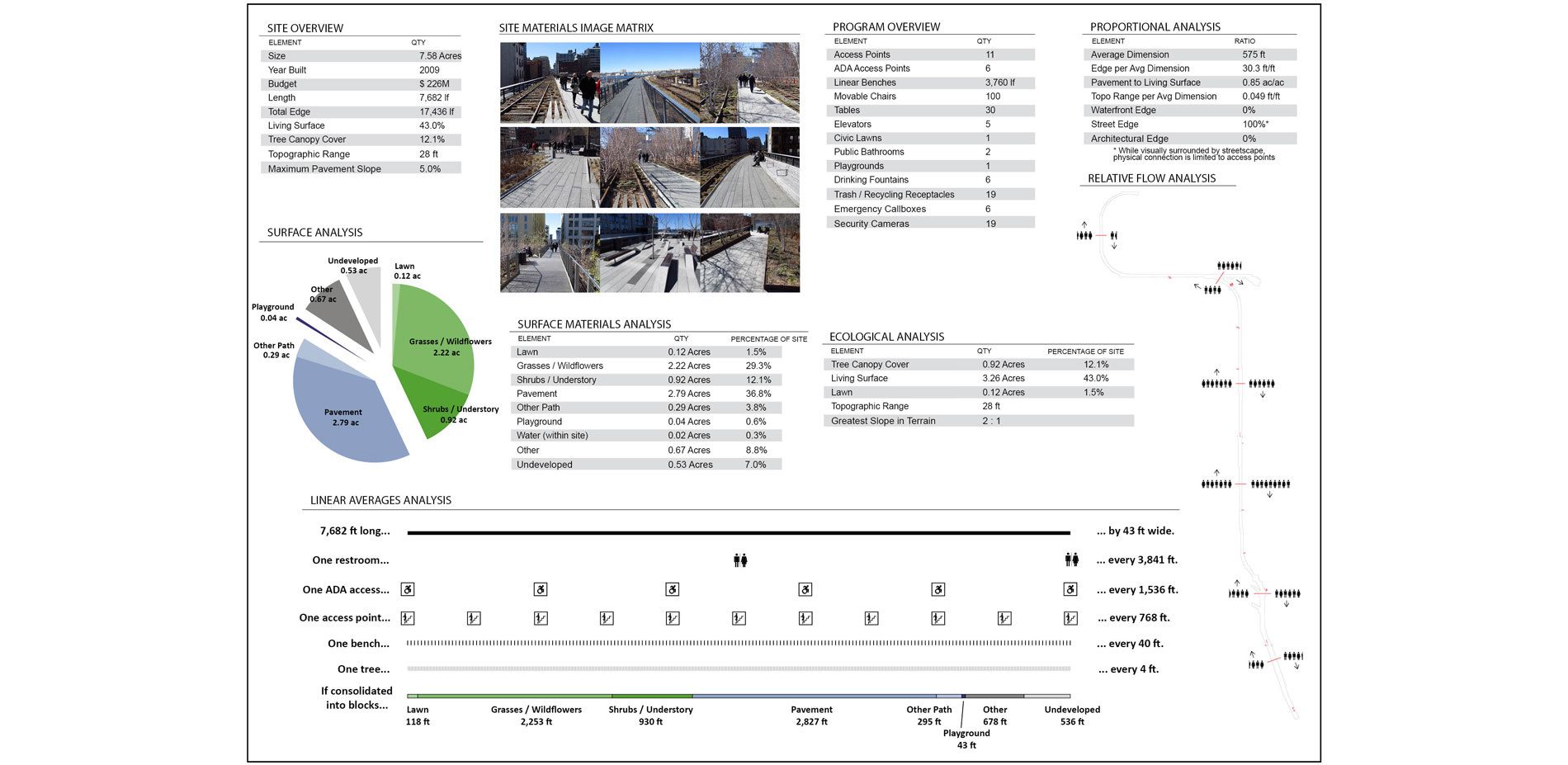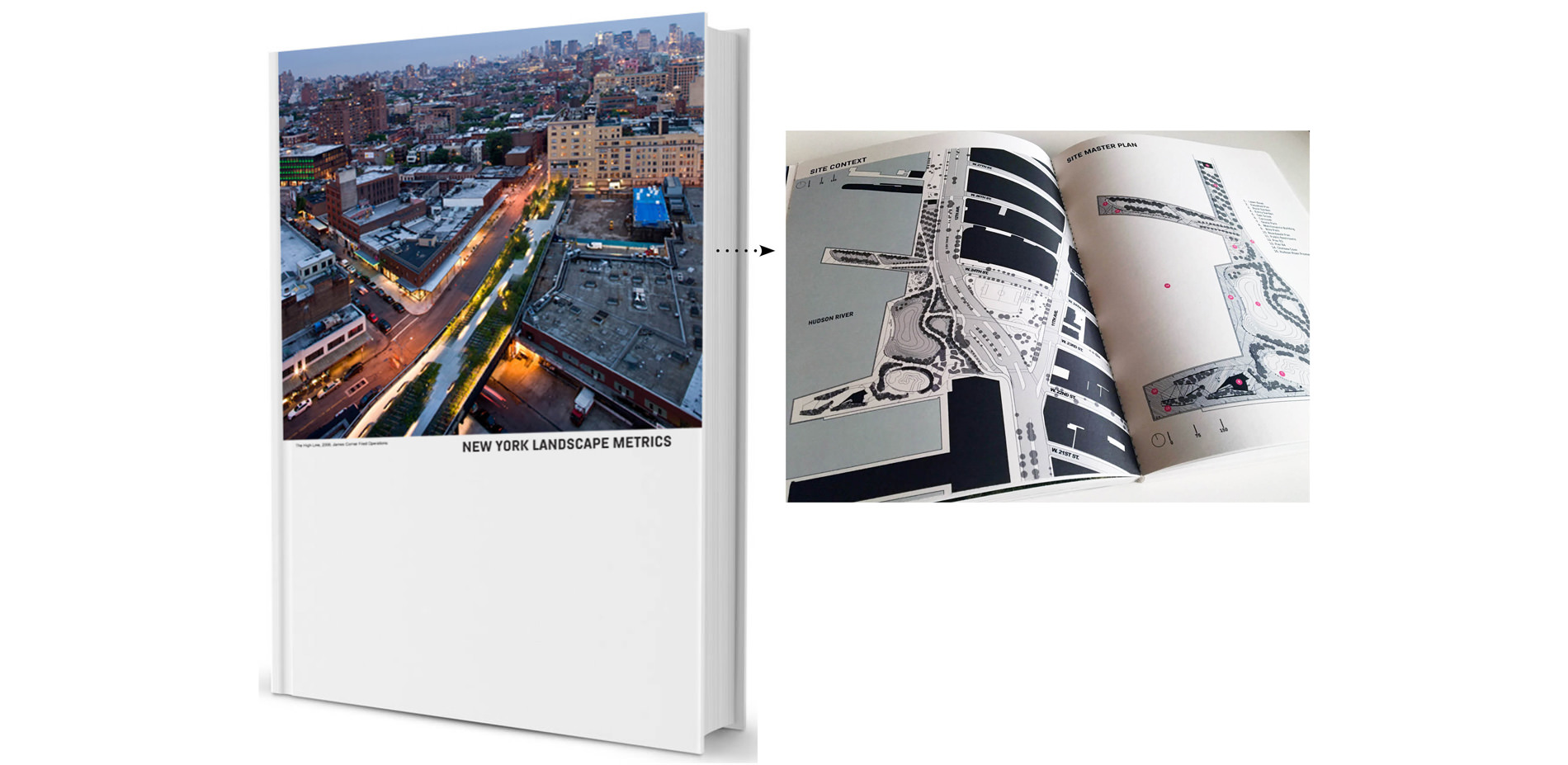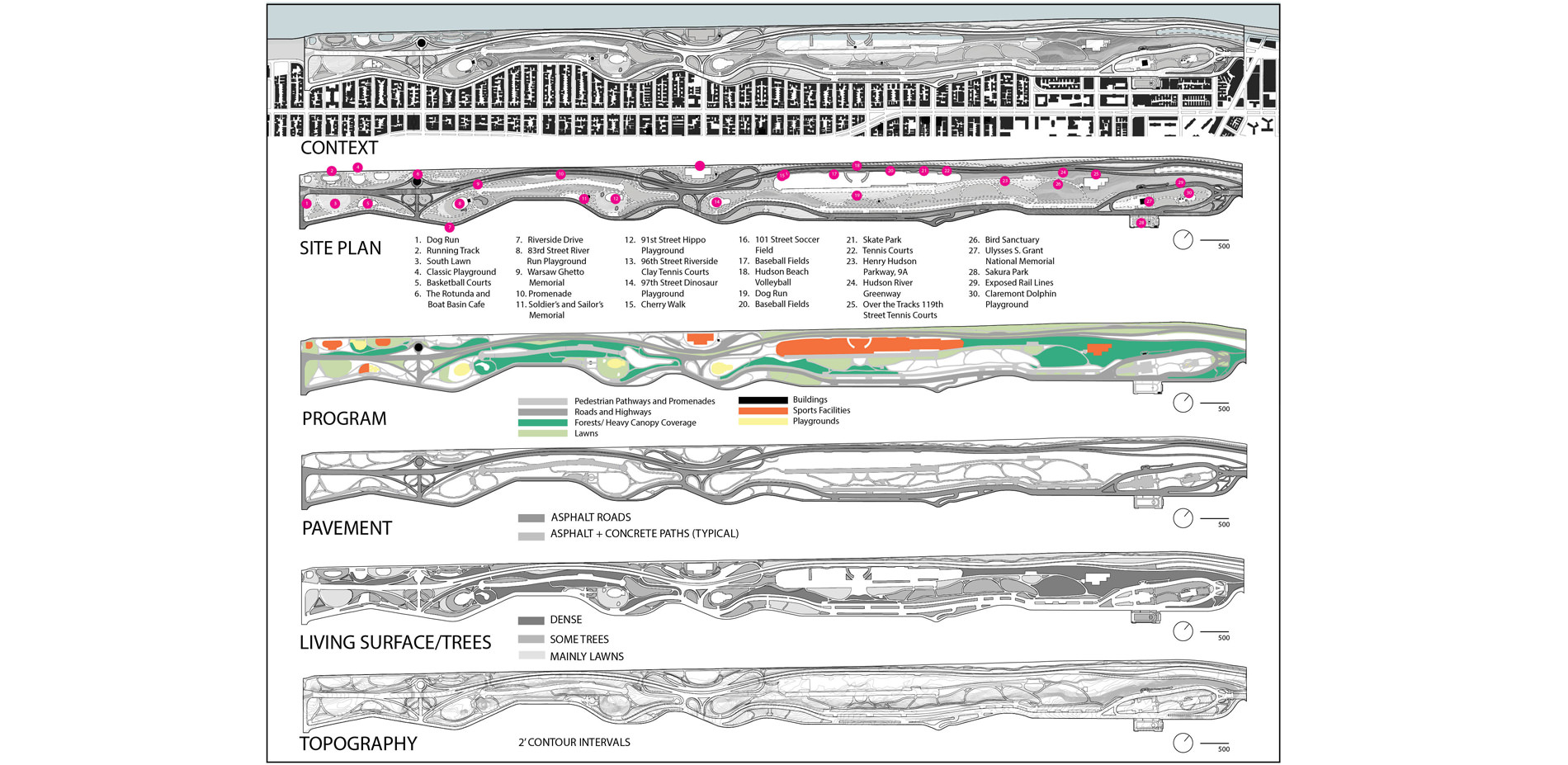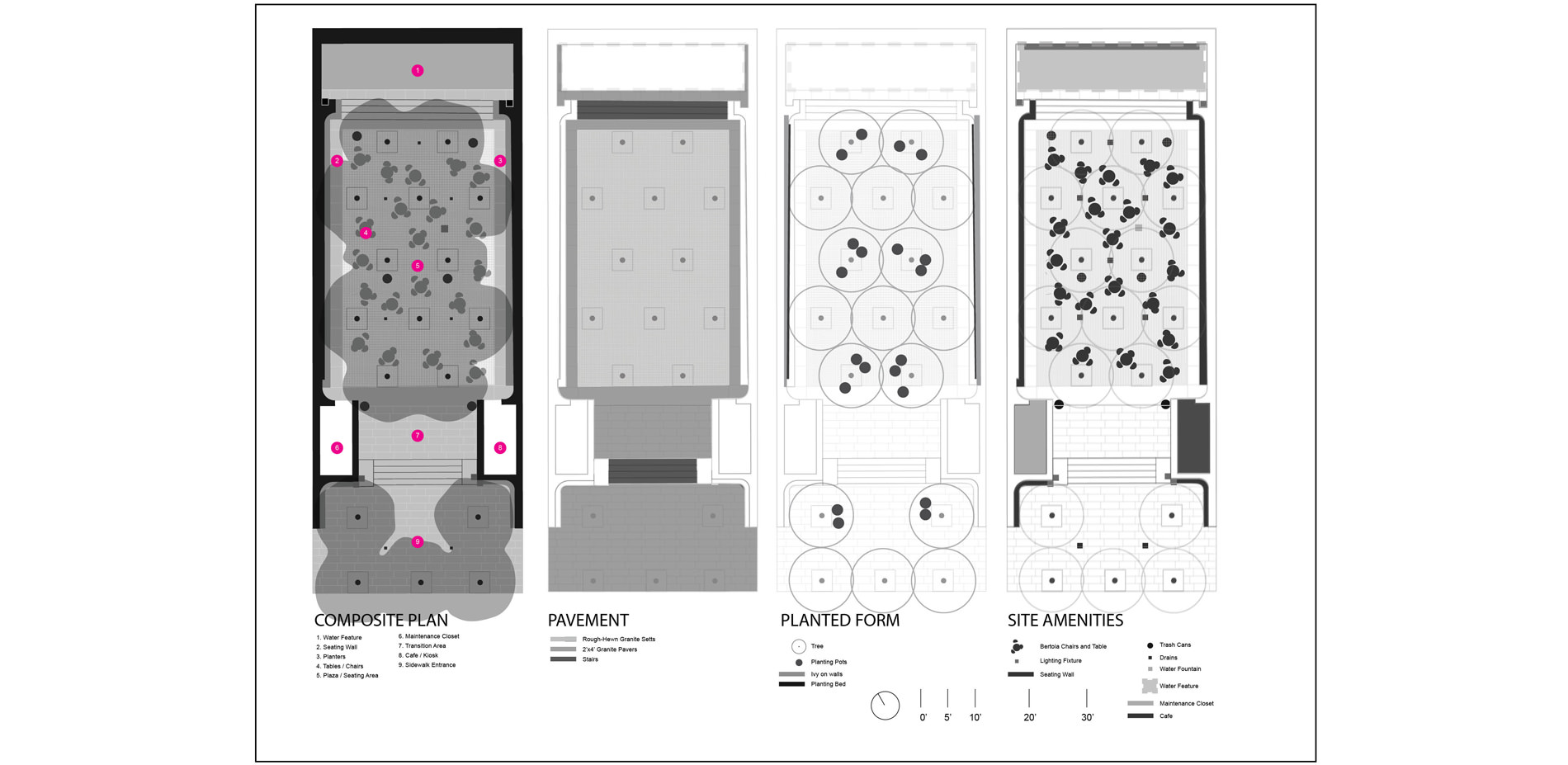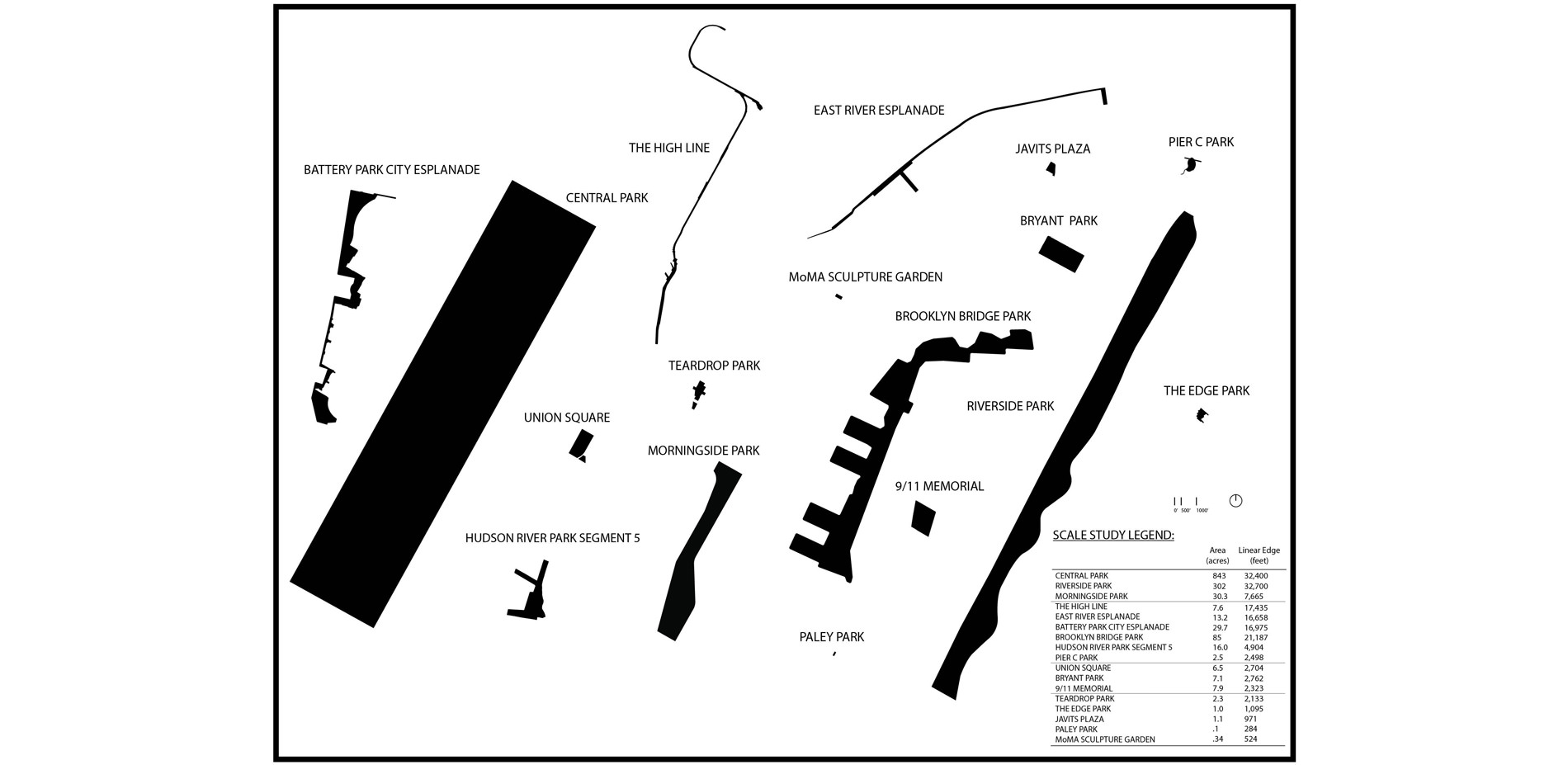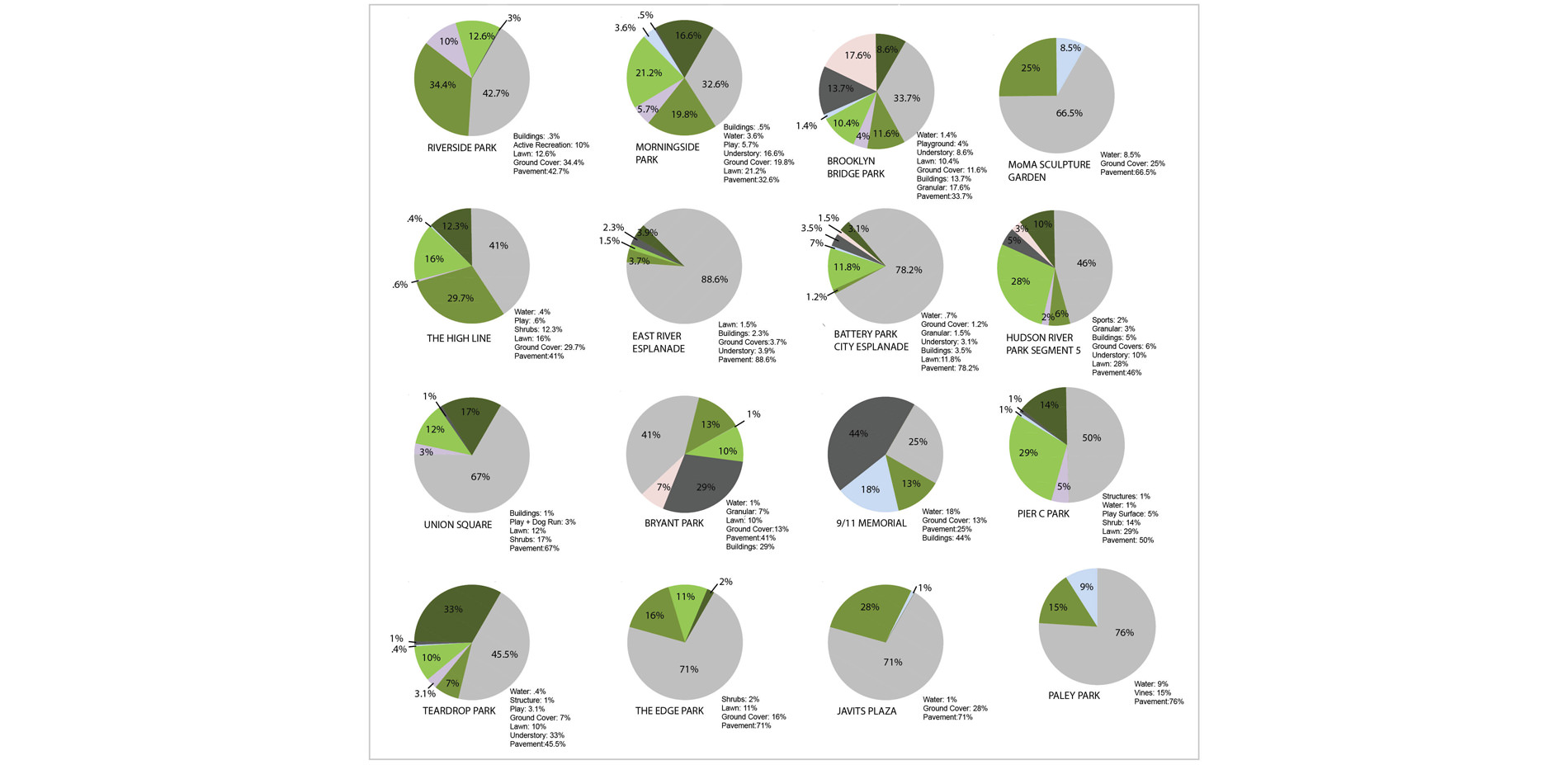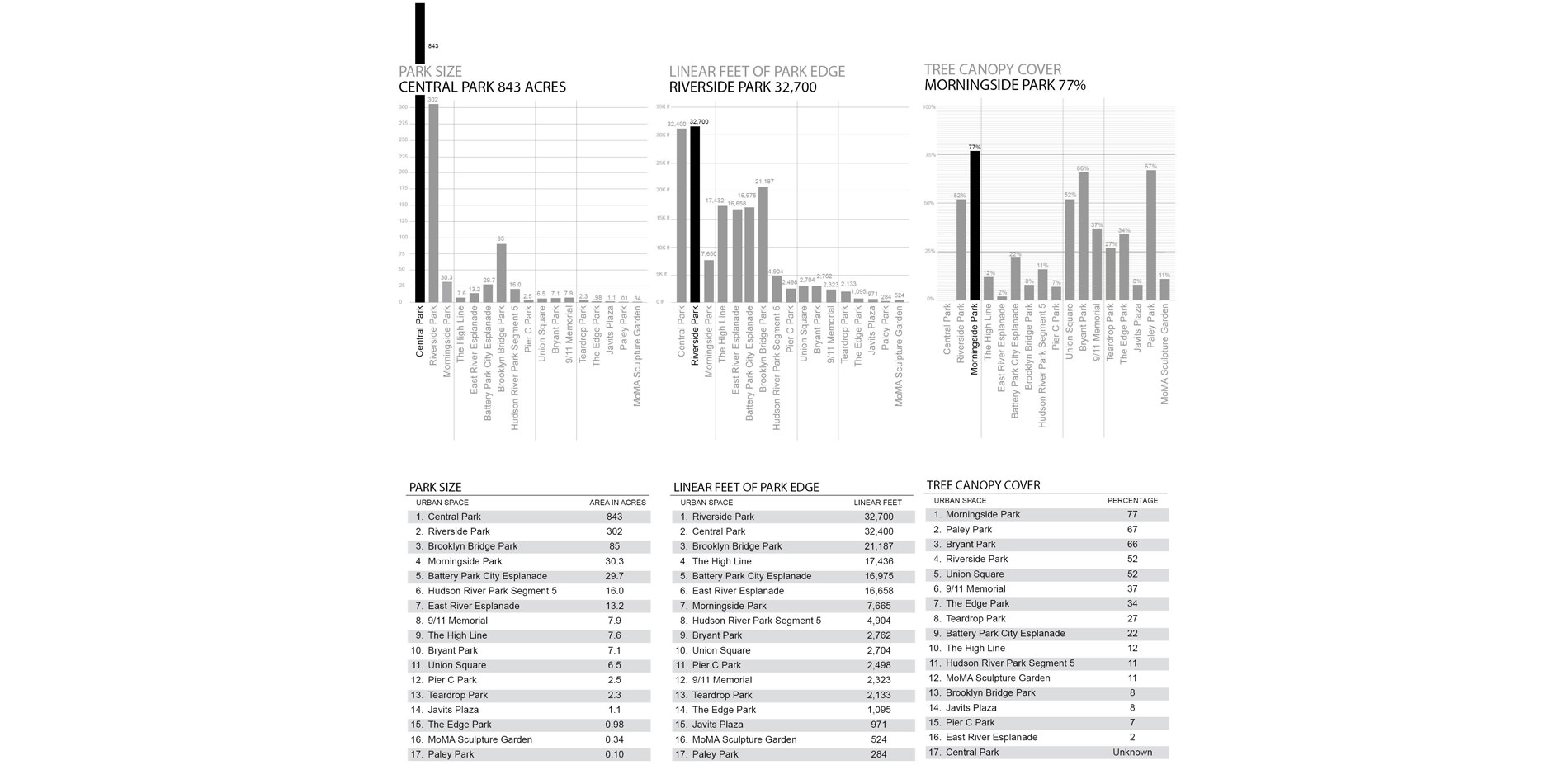Urban Landscape Metrics: Re-Imagining the Class Field Trip in New York City's Great Parks
HONOR
Communications
New York, NY, USA | Quinn Pullen, Associate ASLA | Faculty Advisors: Maria Debije Counts, ASLA; Christopher Counts
Pennsylvania State University
Simple, clear, and connectable. I’d use this to engage uniformed people.
- 2017 Awards Jury
PROJECT CREDITS
- Thanks to the Pennsylvania State University Department of Landscape Architecture and Architecture Field Trip
Studies Course
- Lauren Borrelli
- Clarissa Ferreira Albrecht Da Silveira
- Marie McKenna Kaitlin O’Brien
- Janahvi Ramakrishnan
- Kelsey Ross
- Tyler Cromleigh
- Qin Fang Joseph Ignatius, ASLA
- Wilson Lee
- Jacqueline Schaeffer, Student ASLA
- Anthony Vischansky
- Boxia Wang Jordan Weber, ASLA
- Na Yang
- Matt Dallos, TA
Field Trip Sponsor
- The Stuckeman School of Landscape Architecture and Architecture Department of Landscape Architecture
Project Support Provided by
- Brooklyn Bridge Park Conservancy
- Bryant Park Corporation
- Counts Studio
- Michael Van Valkenburgh Associates, Inc.
- W Architecture
PROJECT STATEMENT
This project explores 16 urban parks in New York City through drawing, historical research, site reconnaissance, and comparative analysis as part of a design class seminar organized into three parts; Research and Contextualize, Draw and Analyze, and Curate and Disseminate. The purpose was to reimagine ways of studying urban landscapes as an extended field trip including virtual and physical site explorations. Over 520 acres were researched in one semester producing over 250 student-created digital drawings and diagrams and the collection and creation of the course book, "NYC Urban Landscape Metrics". Findings were compiled through comparative analysis as a means to visualize and explore performance-based landscape metrics for each urban park studied including quantitative data, proportional relationships, and per acre landscape density data. A particular focus was paid to the interrelationship between scale, materiality, and proportion and how such issues shape landscape performance and programmatic range. The products of this research and findings were compiled in a 170 page self-published book to serve as a design resource to future students at the University level and beyond.
PROJECT NARRATIVE
This work began with a list. From a selection of New York’s masterpiece urban landscape works, each of the sixteen students selected one site. This site then became the focus of a semester-long exploratory case study. The goal of the course, however, was not to simply understand and reiterate what was already known about these sites. Instead, the goal was to develop new knowledge and new ways of understanding the specifics of the sites. Through this process, each student built an intimate relationship with the physical, conceptual, experiential, programmatic, and social understanding of a selection of New York City’s public urban landscapes. From this relationship, abstract delineations of a site on a list become animated in both the history and the flows that shape a visitor’s daily experience of place.
The primary intent with this class was to give students an in-depth familiarity with a New York City park, in order to better understand them as a complex, functional urban space. The secondary goal was to generate a preliminary database of high-performance parks, such that they could be a model for future designs. The sites selected are some of most heavily visited parks in the world, their evolution through time represents a process of optimization and refinement that is truly unique and infinitely valuable. The application of objective analysis to urban parks is a relatively novel concept. Use of previous projects as design precedent is commonplace within this profession, but it was only through a process of taking metrics from digital drafting and analysis that students discovered how rare objective metrics truly are and the importance of line work in understanding a design. Even simple things, like quality site plans, were found to be nearly nonexistent for some parks, challenging students to manually recreate them from aerial photographs, GIS parcel data, and firsthand onsite measurements.
Generating rich drawings of the sites themselves for a total of 16 sites across New York City was to begin to understand why a site looks the way it does today. This involved primarily historic research. But this research was not limited to the standard historic images or historic plans. Instead, each student took a more creative and active approach, developing a timeline that included the important dates, events, and designers in the history of their site, as well as a series of diagrams that depicted how their site had changed spatially. Time was introduced. Each site became a process, whether social, economic, and environmental process. By seeing each site as a process, later analysis was framed not as the description of a static object but as a single still frame. Each park was understood as existing within a wider pattern that will someday change again. From this wider temporal perspective, the students then shifted to drawing. Lines were drawn in AutoCAD, and in reference to aerial photographs, site plans and GIS data, revealing larger gestures—tree canopies, ground plane materials, zones of ground-level vegetation, circulation, topography—while also noting the quotidian details that are so frequently overlooked in site analysis—garbage cans, benches, chairs. These drawings then expanded slightly outward to examine the context of each site. Once exported to Illustrator, these drawings provided raw material for students to assemble diagrams that analyzed the sites. Drawings were then curated for a student publication including 16 chapters of park site investigations. The work was disseminated in the form of the student booklet.
In preparation of the book, diagrams were refined and carefully curated for each chapter. Page layouts simplified or further complicated, depending on the site. More importantly, however, than the creation and printing of a book, this step allowed each student in the class to reflect on the work accomplished this semester—and to reflect on the process itself. Each student made progress toward clearly and thoroughly understanding the spatial and experiential dimensions of individual sites. Specific moments of space and time have been rendered with photographs, diagrams, and text. Along, these captured moments are valuable, both for the students of the class and for later readers of this work. The process itself, to a degree, has destabilized the way everyone should see and analyze public space. In the concluding chapter that emphasizes finding strategies for comparing and contrasting each site to better understand them, students also used AutoCAD to generate lengths and areas of various factors in a process called datascaping. By noting similar categories for each site and by then comparing these categories by a common factor, the students were able to assemble comparative studies between sites.
Overall, pairing on-site studies with intensive digital techniques served as a new approach to the typical site visit and field trip. Drafting precise drawings digitally was utilized as a means to study existing sites with a particular emphasis on the importance of design expression. The class reimagined the way site inventory, analysis and the field trip are currently taught. The book aspires to inspire students in other cities to take on a similar approach to not only learning about the importance of parks in cities today, but as a means of improving and building their representation skills. On the ground, this work and the techniques in visual communication explored provided students a means to measure details, better understand materials and context, and experience topography. The site visit was extended over the course of the semester by an iterative approach to the study of existing sites through digital drawing in a way much like students used to draw and learn by observation by hand. This work seeks to inspire students of landscape architecture and allied disciplines to get to know one park intimately in its scale, proportions, use, materiality, and dimensions that they may improve designs for the future by learning from those of the past.
